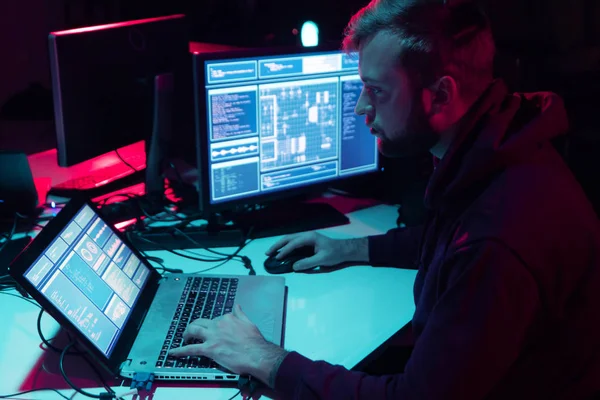
How does one hacker bring Europe’s busiest airports to a standstill? The arrest in West Sussex this week of a man in his forties, suspected of involvement in a ransomware attack on Collins Aerospace, has thrown a spotlight on the fragility of aviation’s digital backbone. The incident, which began late Friday, disrupted automated check-in and baggage systems at major hubs including Heathrow, Brussels, Dublin, and Berlin, forcing airlines into manual operations reminiscent of pre-digital travel.
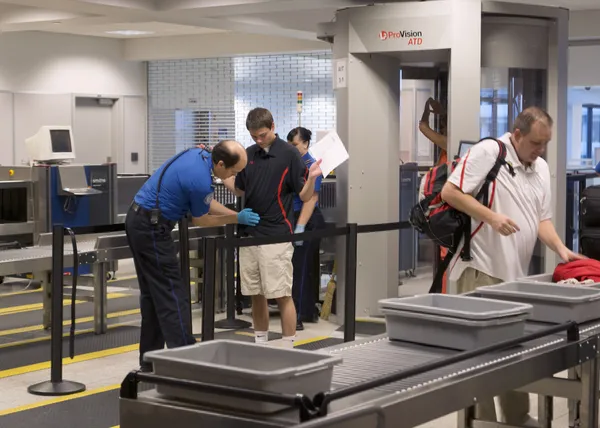
1. The Digital Heart of Airport Operations
It was all centered on the MUSE platform, which is widely used passenger processing technology that combines check-in self-service kiosks, boarding pass printing, and bag routing. All of these use distributed server architecture, accessing airline reservation databases and airport departure control systems through secure APIs. When MUSE crashed, the automated link among passenger identification verification, boarding gate management, and baggage processing disintegrated, calling for a complete operational fallback to paper-based processes.
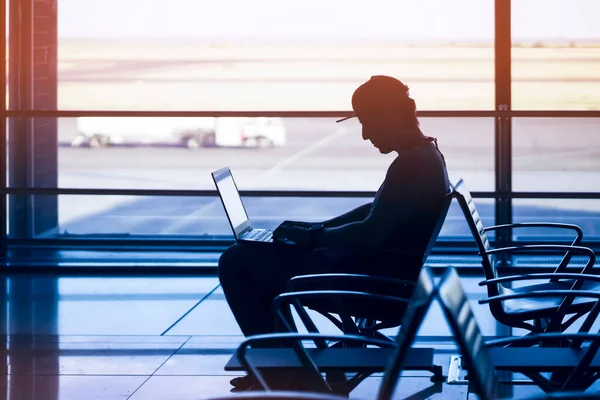
2. Anatomy of the Attack
The European Union Agency for Cybersecurity (ENISA) verified that ransomware had been employed to encrypt key airport systems. In-house memos viewed by Heathrow staff reported over a thousand computers “corrupted”, and recovery efforts involved physical adjustments instead of remote rehabilitation. Collins Aerospace allegedly recast and re-deployed systems only to discover attackers remaining within the network, an indication of ongoing access through breached administrative credentials or unpatched flaws.
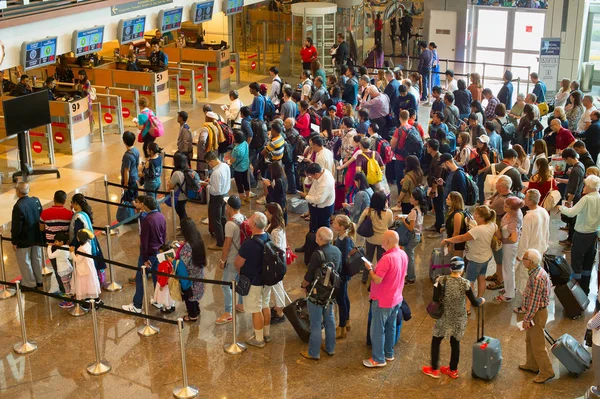
3. Operational Impact in Europe
The disruption was sudden and severe. Heathrow brought in additional staff to terminals, but hundreds of flights were delayed. Brussels Airport scrapped almost half of Sunday’s departures, while Berlin Brandenburg threatened “longer processing times, delays, and cancellations” as check-in and boarding were still manual. Brussels alone reported 91% of departures taking an average of 51 minutes late, based on operational data, with over 500 flights at impacted airports being affected on Saturday alone.

4. Ransomware Economics and Aviation Risk
Ransomware groups have honed the threat to high-value infrastructure, where downtime costs will compel payment. ENISA reported attackers making cryptocurrency-based demands to release systems. Bitkom’s survey reported one company in seven made ransom payments. In aviation, where delay minutes cascade through interdependent schedules, leverage is tremendous. Organised cyber-crime gangs earn hundreds of millions annually, and according to Thales, cyber-attacks in aviation have surged by 600% in the past year.
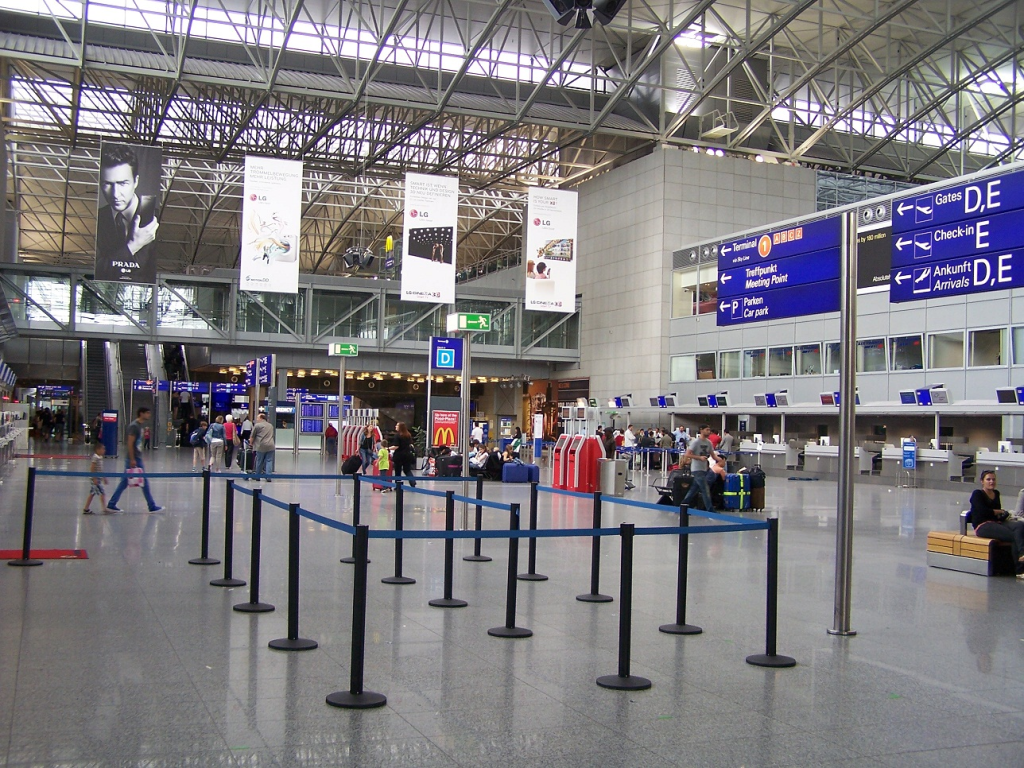
5. Single Vendor Vulnerability
The event highlighted the risk of over-dependence on a single provider of technology. The predominance of Collins Aerospace in passenger processing set up a single point of failure impacting several hubs at the same time. Airports on other systems, like Frankfurt, remained unaffected. This concentration risk amplifies the effect of any compromise, and diversification of vendors and redundancy of systems become essential to resilience.
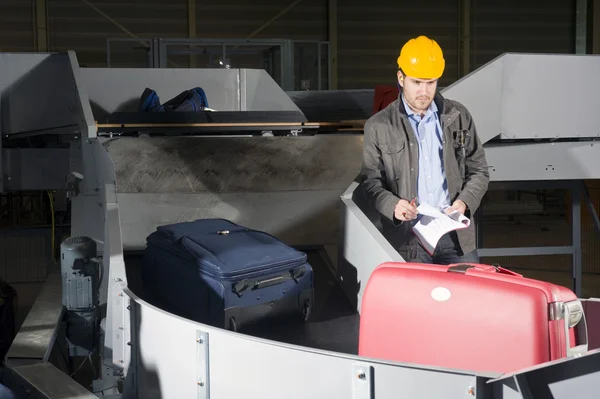
6. Manual Workarounds and Infrastructure Resilience
Airlines had to go back to pen-and-paper boarding passes, iPads for online check-in, and handwritten baggage stickers. These physical processes, though adequate, cut throughput in half. In Berlin, passengers experienced hour-long delays for flights in Brussels, employees were unable to handle regular passenger volumes. The scene was akin to a retail point-of-sale shutdown operations persisted, but at a fraction of typical efficiency.

7. Technical Recovery Challenges
Restoring from ransomware involves more than file decrypting. Broken configurations, compromised databases, and hacked credentials need a complete rebuild. Collins Aerospace’s restoration included in-situ technicians reimaging computers, reinstalling secure operating environments, and re-establishing network integrity. The in-house guidance to not log out of MUSE indicated active session persistence was being employed to circumvent authentication obstacles during the restoration process.

8. Broader Implications for Critical Infrastructure
Collins Aerospace’s attack is mirrored in other sectors, like Jaguar Land Rover’s manufacturing shutdown and Marks and Spencer’s £400m ransomware recovery. Each has seen technical intrusions take advantage of operational reliance on centralized digital infrastructures. For aviation, the stakes are different delays cascade across continents, and passenger safety rests on synchronized digital processes.
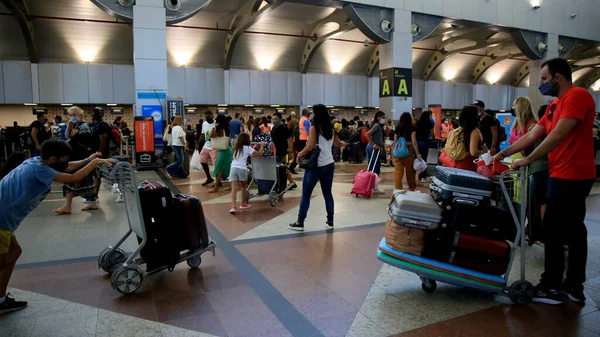
National Crime Agency’s Paul Foster warned, “While this arrest is a welcome development, the investigation into this matter is at an early stage and is ongoing.” As Collins Aerospace advised airlines to prepare for at least another week of manual operation, the episode is a grim reminder that the smooth drift of contemporary air travel hinges on code that can be brought to a halt by a single treacherous instruction.

